The dinghy sits lightly on the water but has enough volume to carry a complement of three. The horizontal projection at the stem head provides a handhold for pulling the tender up on the mothership's deck.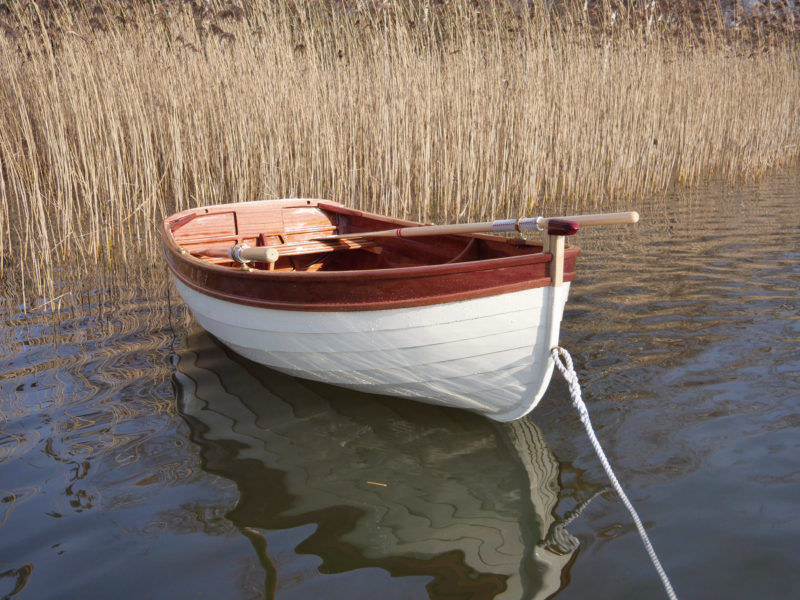
Join The Conversation
We welcome your comments about this article. To include a photo with your remarks, click Choose File below the Comment box.



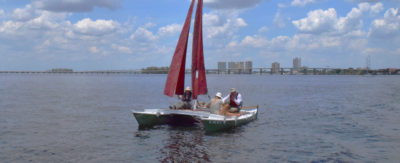
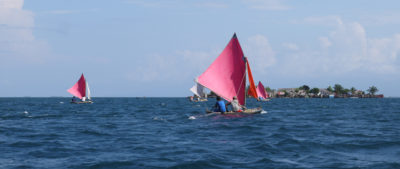
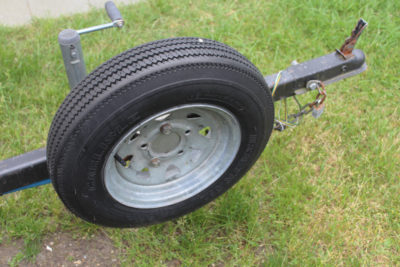
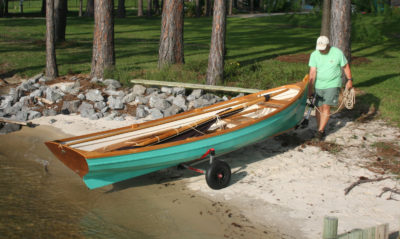
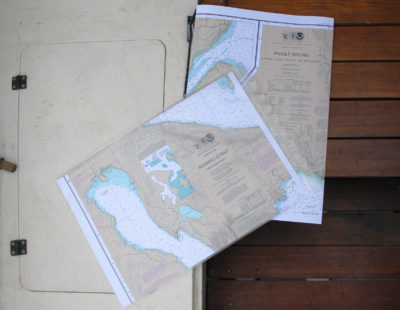

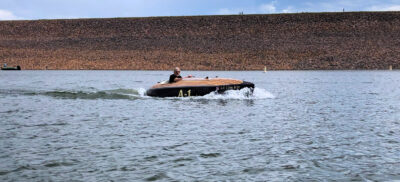

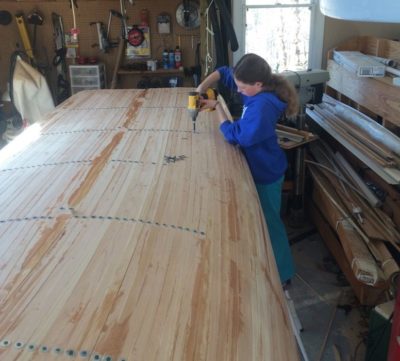
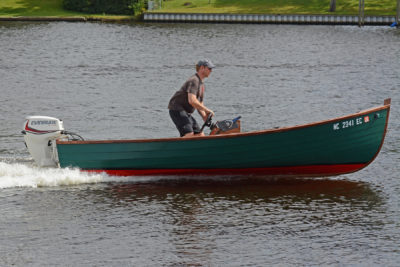
What sort of outboard is shown? Where does one buy one? Boat looks great. I have built a number of Oughtred designs and they are all first rate.
Hi Robert,
Many thanks. That engine is an Aquamot electric outboard with 1600w power. It is an Austrian product, known for its quality. The boat is overpowered with that Engine. Hull speed is reached with 50% power, approximately. So, the smaller one 1000W would be enough, I guess. The rear part of the head is the lithium-ion battery with 640 Wh.
It is an Austrian-built electric outboard from the company called Aquamot. This comment is naturally also from an Austrian and I am building an AD14 sail boat and hopefully will also be able to afford an Aquamot outboard.